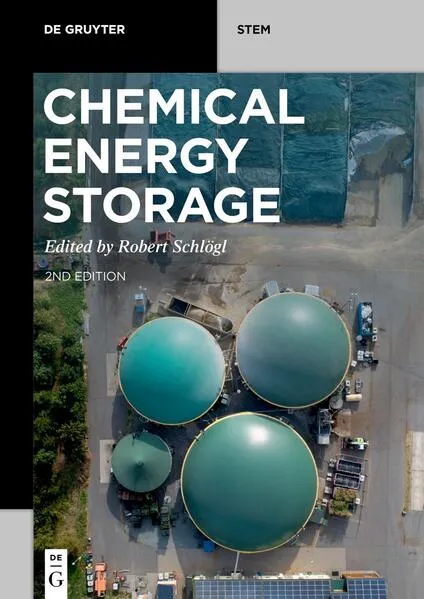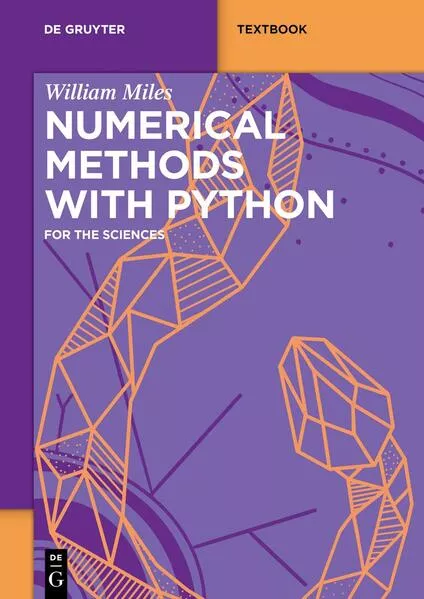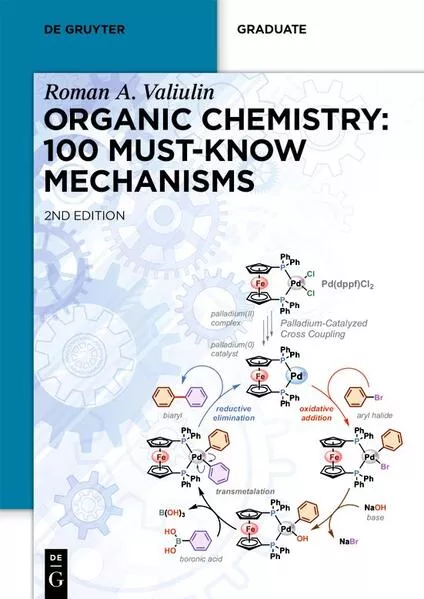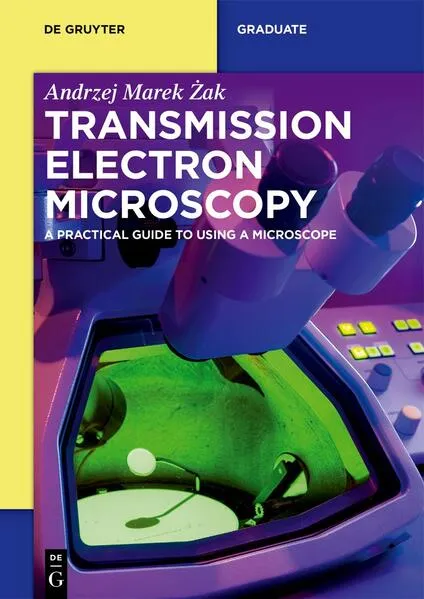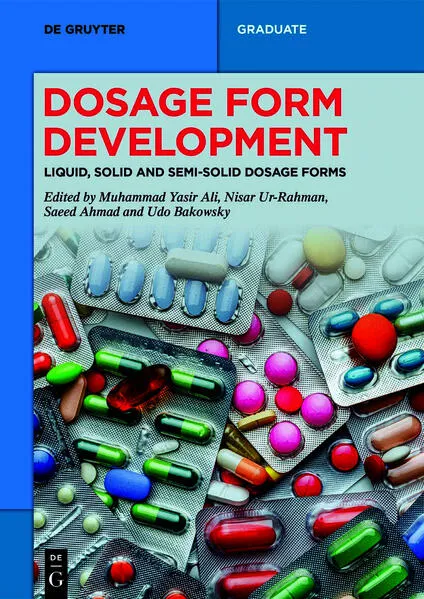De Gruyter Textbook
Biography in Theory
Chronologie aller Bände (1 - 8)
Die Reihenfolge beginnt mit dem Buch "Biography in Theory". Wer alle Bücher der Reihe nach lesen möchte, sollte mit diesem Band von Wilhelm Hemecker beginnen. Der zweite Teil der Reihe "Chemical Energy Storage" ist am 31.01.2022 erschienen. Mit insgesamt 8 Bänden wurde die Reihe über einen Zeitraum von ungefähr 8 Jahren fortgesetzt. Der neueste Band trägt den Titel "Dosage Form Development".
- Anzahl der Bewertungen für die gesamte Reihe: 14
- Ø Bewertung der Reihe: 4.1
- Start der Reihe: 07.08.2017
- Neueste Folge: 26.12.2025
Diese Reihenfolge enthält 8 unterschiedliche Autoren.
- Autor: Hemecker, Wilhelm
- Anzahl Bewertungen: 2
- Ø Bewertung: 5.0
- Medium: Buch
- Veröffentlicht: 07.08.2017
- Genre: Autobiographie
Biography in Theory
This textbook is an anthology of significant theoretical discussions of biography as a genre and as a literary-historical practice. Covering the 18th to the 21st centuries, the reader includes programmatic texts by authors such as Herder, Carlyle, Dilthey, Proust, Freud, Kracauer, Woolf and Bourdieu. Each text is accompanied by a commentary placing its contribution in critical context.
Ideal for use in undergraduate seminars, this reader may also be of interest for academic researchers in the areas of literary studies and history aiming to get an overview of historical questions in biographical theory.
This revised and updated English language edition also includes new translations of texts by J. G. Herder and Stefan Zweig, as well as an introductory discussion on the possibility of a ‘theory of biography’.
Note: Due to copyright reasons, the chapter "Sade, Fourier, Loyola [Extract] (1971)" (pp. 175–177) by Roland Barthes could not be included in the ebook.
- Autor: Schlögl, Robert
- Anzahl Bewertungen: 0
- Ø Bewertung:
- Medium: Buch
- Veröffentlicht: 31.01.2022
- Genre: Sonstiges
Chemical Energy Storage
Energy – in the headlines, discussed controversially, vital. The use of regenerative energy in many primary forms leads to the necessity to store grid dimensions for maintaining continuous supply and enabling the replacement of fossil fuel systems. Chemical energy storage is one of the possibilities besides mechano-thermal and biological systems. This work starts with the more general aspects of chemical energy storage in the context of the geosphere and evolves to dealing with aspects of electrochemistry, catalysis, synthesis of catalysts, functional analysis of catalytic processes and with the interface between electrochemistry and heterogeneous catalysis. Top-notch experts provide a sound, practical, hands-on insight into the present status of energy conversion aimed primarily at the young emerging research front.
- Autor: Miles, William
- Anzahl Bewertungen: 0
- Ø Bewertung:
- Medium: Buch
- Veröffentlicht: 06.06.2023
- Genre: Sachbuch
Numerical Methods with Python
Introduces students to appropriate use of computer programming within the scientific disciplines using Python. Discusses several common applications of programming and implementation using real world examples and hands on programming exercises. Students learn how to model situations such as image recognition, medical diagnosis, spread of disease, and others.
The text could be used by students and lecturers for courses in Python, Numerical Methods, or as a first course in Data Science.
- Autor: Valiulin, Roman
- Anzahl Bewertungen: 4
- Ø Bewertung: 3.8
- Medium: Buch
- Veröffentlicht: 04.07.2023
- Genre: Roman
Organic Chemistry: 100 Must-Know Mechanisms
methodical analysis. Additionally, thoughtfully presented diagrams and infographics can convey
a large amount of complex information in a more intuitive and accessible manner. 100 Must-Know
Mechanisms (Second Edition) strives to be at the intersection of these two key principles. Its
thorough visualizations enable experienced readers to use it as a quick reference for specific
mechanisms of interest. At the same time, the book’s breadth of covered reactions, from classic to
cutting-edge, make it a good study-aid for the developing chemist. A slow and consistent study of
the entire series of mechanisms can help set the foundation for good scientific intuition, while its
detailed infographics and careful navigation features encourage coming back to it frequently. This
edition includes over 40 new illustrations, numerous new mechanistic schemes, enhanced original
figures with a variety of real-case examples, and more
- Autor: Fazarro, Dominick E.
- Anzahl Bewertungen: 0
- Ø Bewertung:
- Medium: Buch
- Veröffentlicht: 31.12.2023
- Genre: Sonstiges
Nano-Safety
Nanotechnology safety is the practice of handling engineered nanomaterials in production and manufacturing. Good practice consists of understanding and interpreting Material Safety Data Sheets, behaving safely when working with yet unknown nanomaterials, understanding health effects, and proactively creating safety measures against potential hazards. This book addresses nanotechnology risk management.
- Autor: Harmsen, Jan
- Anzahl Bewertungen: 0
- Ø Bewertung:
- Medium: Buch
- Veröffentlicht: 20.05.2024
- Genre: Sonstiges
Product and Process Design
"Product and process design - driving sustainable innovation" is the 2nd edition of a comprehensive textbook for product and process design courses at BSc, MSc, EngD, and PhD level. It covers both heuristics based design methods as well as systems engineering approaches. It contains specific methods to co-design products and processes, so that both designs are better than when these designs are made separately. This integrated combination makes the book unique. For making designs that contribute to the Sustainable Development Goals of the United Nations specific methods are provided for the People, Planet, and Prosperity dimensions. This second edition of the book includes examples and exercises for each design method, which makes it very suitable for teaching purposes. The book is furthermore of interest to industrial process and product developers for many industry branches as it provides methods for design, modelling, and experimental validation for each innovation stage. It is also very useful for R&D managers as it provides guidelines for essential activities in each innovation stage (discovery, concept, feasibility, development, detailed engineering), leading to successful implementations of new processes and new products.
- Autor: Żak, Andrzej Marek
- Anzahl Bewertungen: 0
- Ø Bewertung:
- Medium: Buch
- Veröffentlicht: 03.11.2024
- Genre: Sonstiges
Transmission Electron Microscopy
Transmission electron microscopy is a powerful tool for looking at small physical specimens from nanomaterials, metal alloys and other structural materials, to microorganisms, tissues and biomacromolecules. The book covers microscope design and explains how the miscoscope functions and operates. It provides the essential theoretical and practical information in a compact manner together with case studies and a summary of good operator practices.
- Autor: Yasir Ali, Muhammad
- Anzahl Bewertungen: 0
- Ø Bewertung:
- Medium: Buch
- Veröffentlicht: 26.12.2025
- Genre: Sonstiges
Dosage Form Development
Comprehending the principles behind dosage form science is crucial in the advancement of pharmaceutical carriers for drug delivery. Dosage Form Development is a comprehensive and consolidated resource to explore the impact of various pharmaceutical and analytical factors on the design and evaluation of dosage forms. The book describes the mechanistic approaches involved in developing these carriers for active pharmaceutical ingredients and aims to elucidate the physicochemical and procedural key points in pharmaceutical dosage form development and analysis.

